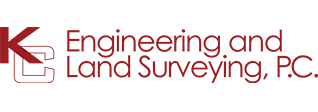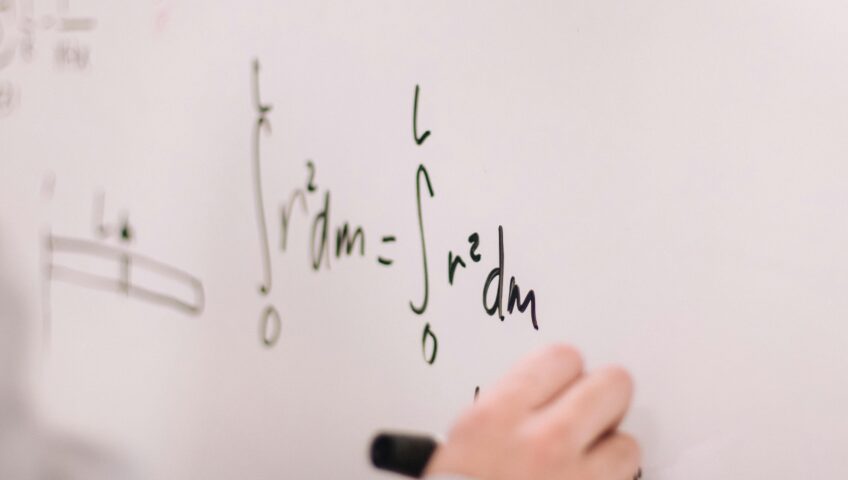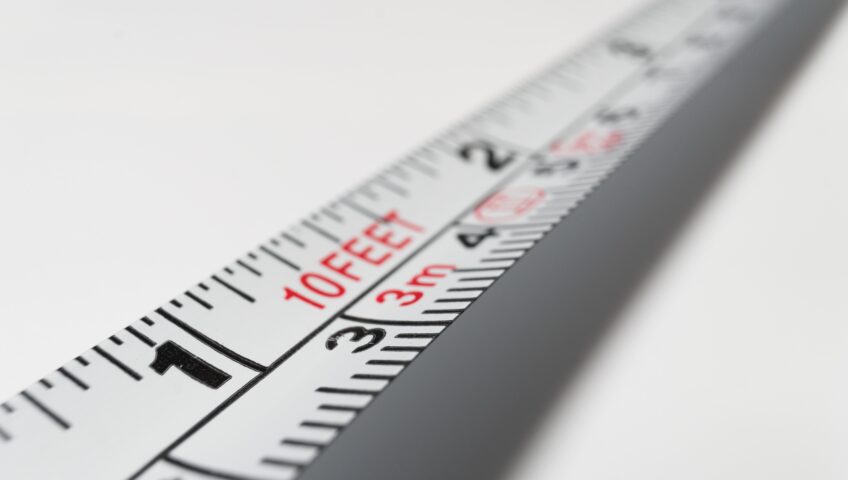As winter settles in, snow shoveling becomes an unavoidable part of the season, but it doesn’t have to be a miserable chore. With some preparation and thoughtful technique, you can make the job easier, safer, and far more efficient.
Start by preparing your outdoor space before the first snowfall. Walk around your yard or driveway and remove anything that might get buried or damaged under the snow, such as lawn décor, hoses, pet tie-outs, and outdoor toys. If you have areas that can’t be cleared completely, such as garden beds, shrubs, or equipment stored outdoors, mark them with stakes or reflective garden markers. Doing this not only protects your property but also prevents you from unintentionally hitting hidden obstacles with your shovel or snow blower.
You can also reduce how much snow you’ll have to clear by using strategic coverings. Heavy-duty waterproof tarps can be anchored over cars, porch steps, or narrow pathways before a storm. Once the snow ends, lift the tarp to reveal a clean, ice-free surface underneath. It may require brushing off loose snow first, but it saves considerable time and effort overall. Just remember to secure the tarp well so wind doesn’t send it flying. Before heading outside, dress properly with insulated gloves, boots with good traction, and layered clothing to help keep you warm while reducing your risk of slipping.
When it’s time to shovel, using the right tools and technique protects your body and prevents injury. Snow shovels vary widely: some are designed to push snow like a plow, while others are curved for lifting. Lightweight, ergonomic shovels can help reduce strain, especially if you’re clearing a large area. While lifting, bend from your knees instead of your waist to keep pressure off your lower back. It’s also safer to take smaller loads of snow rather than overfilling the shovel, even if it adds a little time. Clearing snow shortly after snowfall ends can make the job easier since fresh snow is lighter and less compacted. Once everything is cleared, applying ice melt or rock salt on exposed surfaces helps prevent refreezing and slippery patches.
With a little planning and the right approach, snow removal becomes far more manageable, letting you stay safe and keep your home accessible all winter long.
Have a safe winter!






